
 |
|
||||||
|
|
#1 |
|
ScanFlyer Dusty
 Join Date: Jan 2014
Location: GLA/EGPF
Posts: 4,643
|
Var på Barra nylig, her er en bildeserie hva som foregår på Traigh Mhòr.
Håper dere liker bildene!   G-SGTS De Havilland Canada DHC6 Twin Otter Loganair Barra Airport EGPR 23.06-16 by Rolf Jonsen, on Flickr 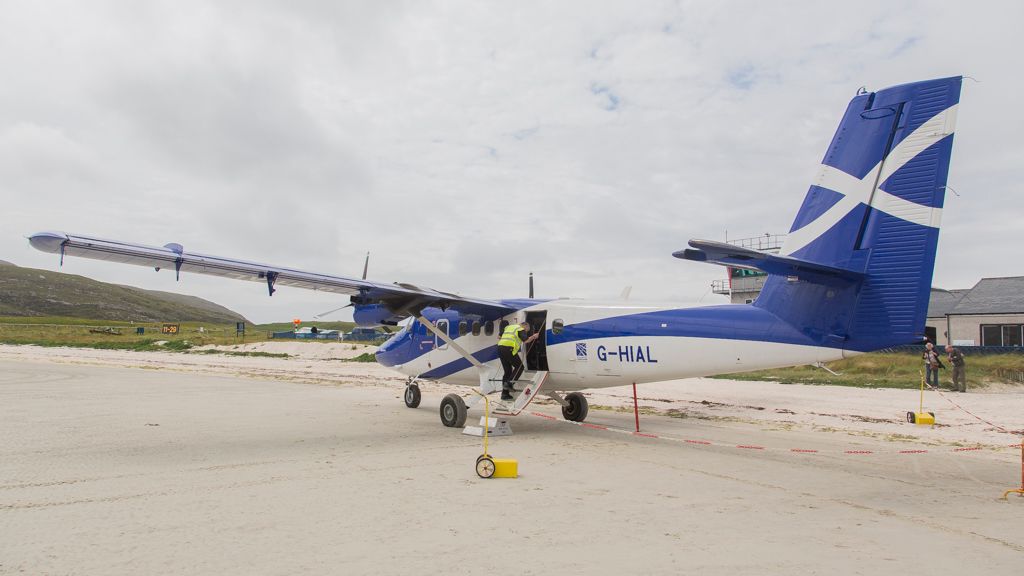 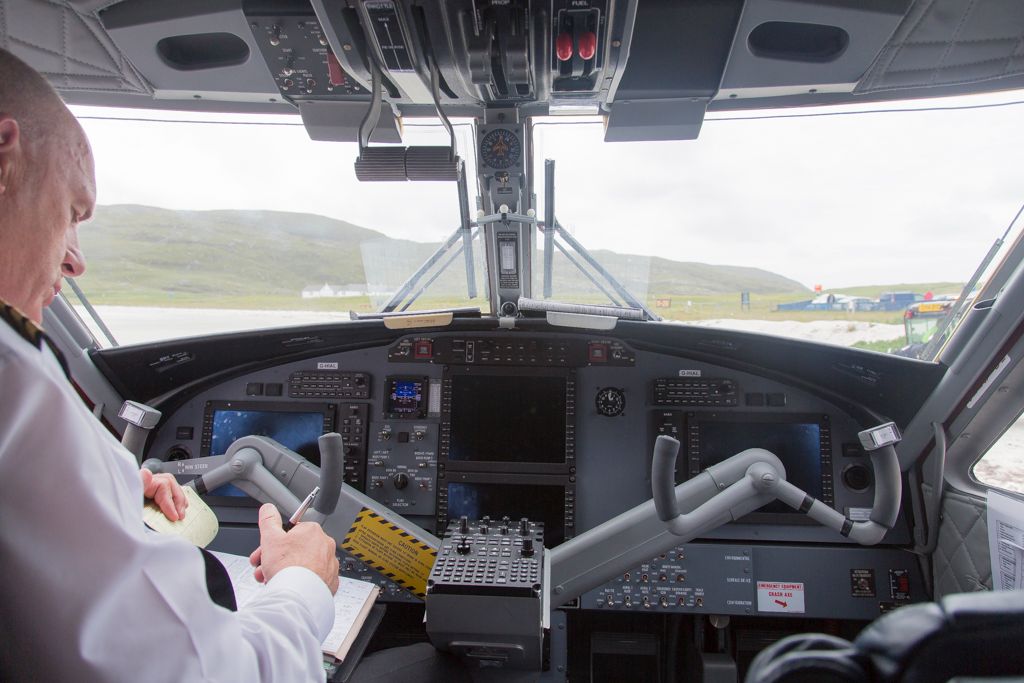 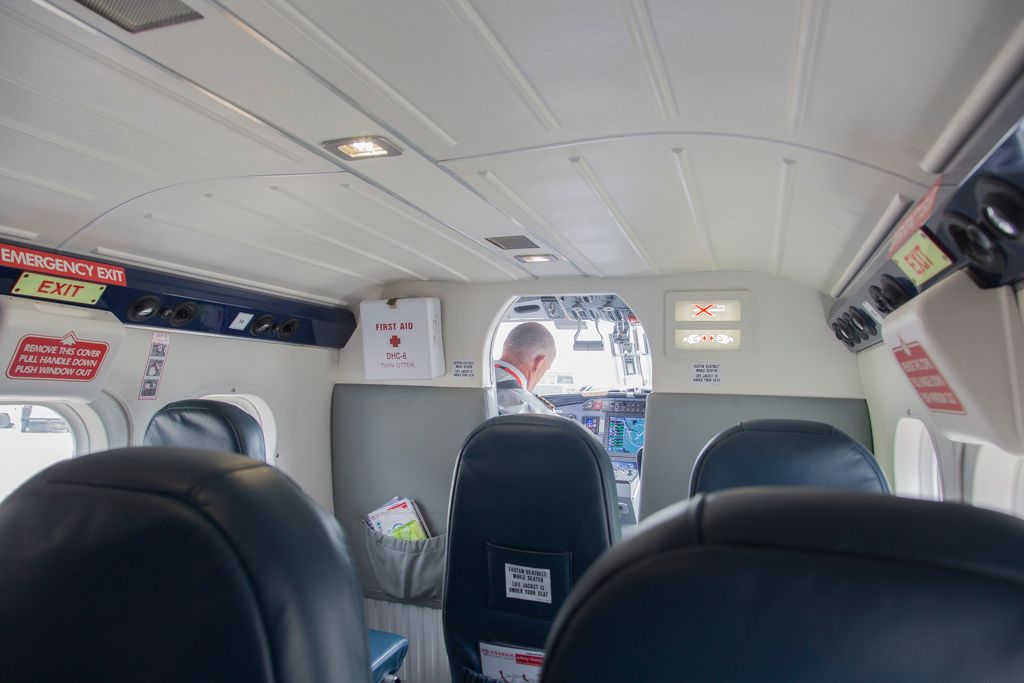  G-HIAL De Havilland Canada DHC6 Twin Otter Loganair Barra Airport EGPR 21.06-16 by Rolf Jonsen, on Flickr  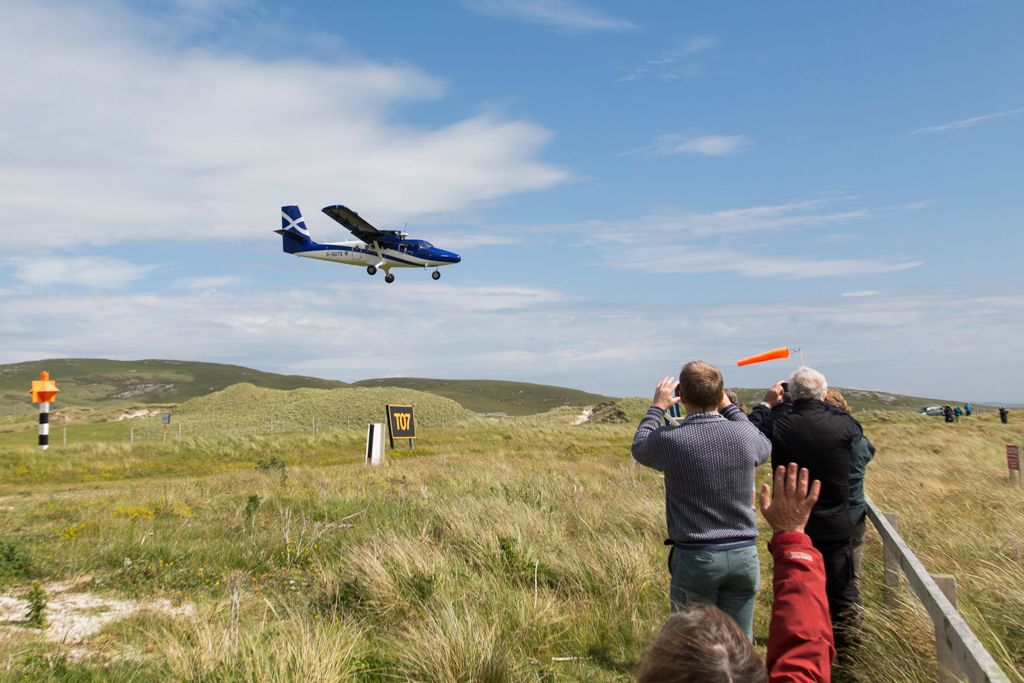 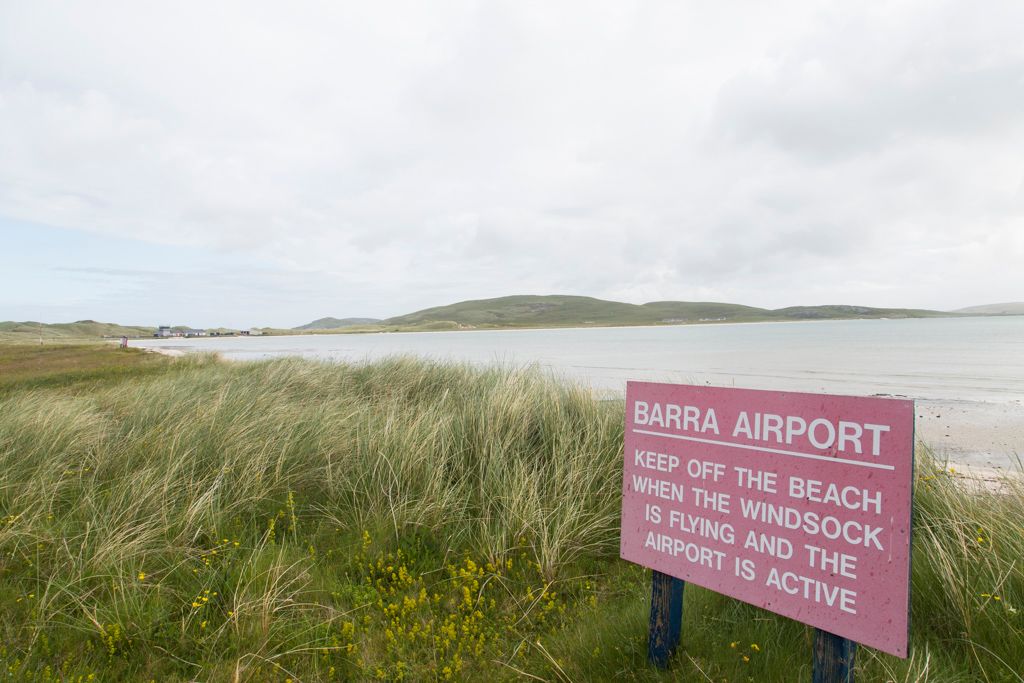 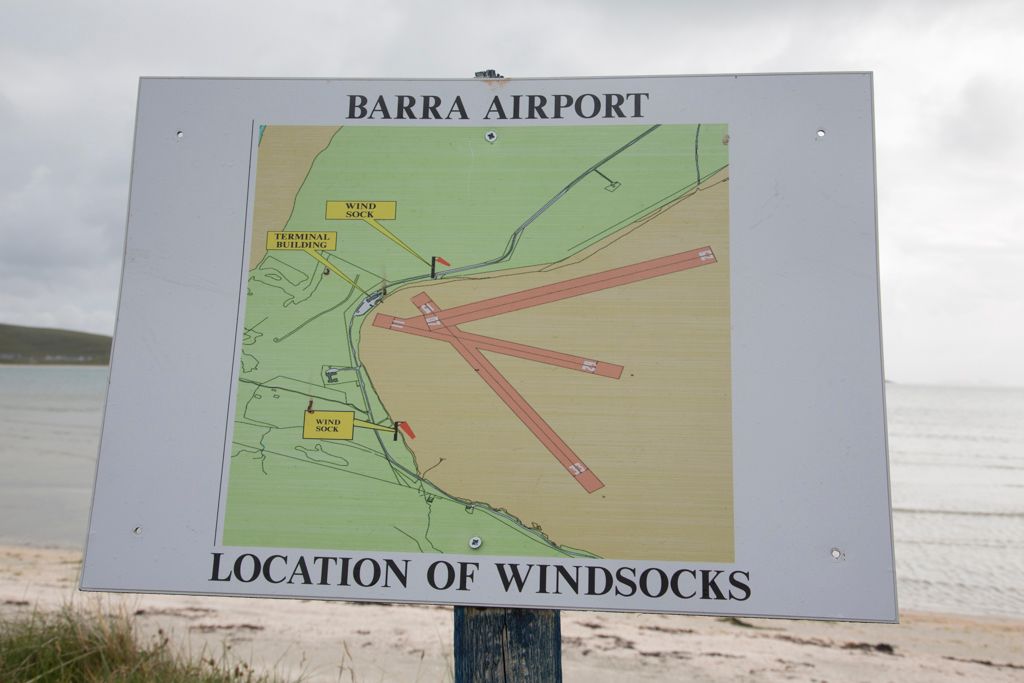 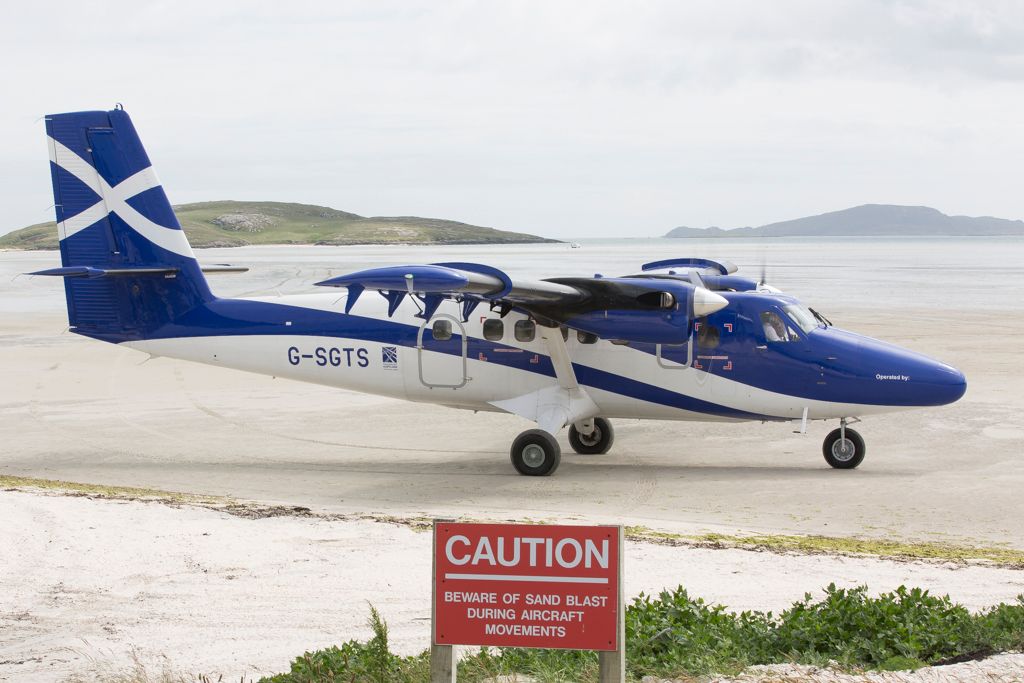 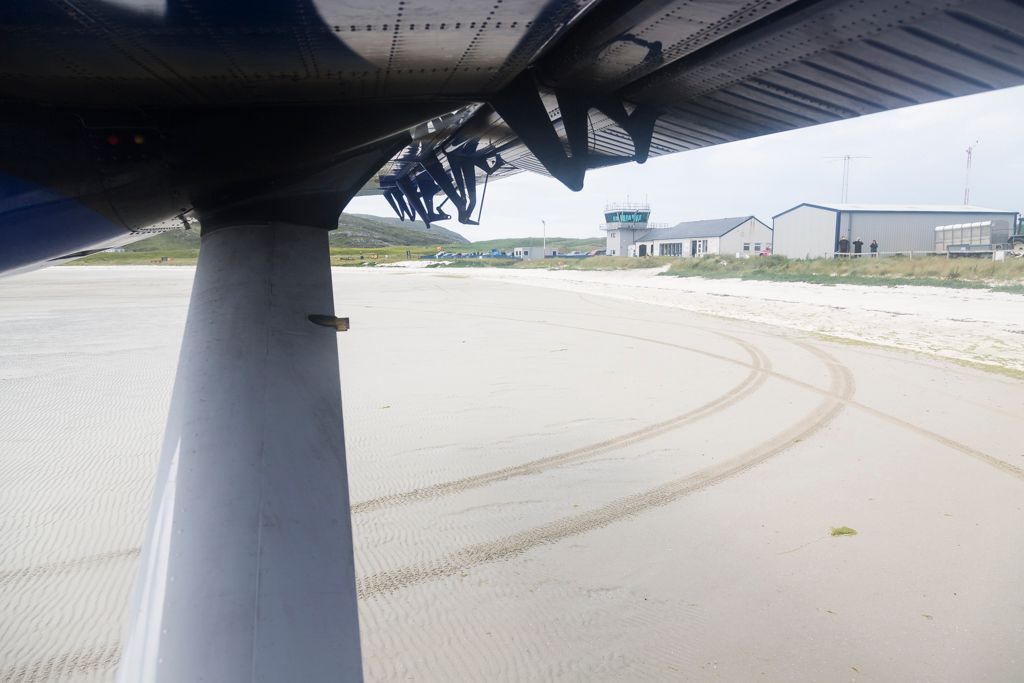
__________________
Mine bilder på Flickr Mine bilder på Jetphotos Mine bilder på Air Team Images Min Youtubekanal Instagram: @rjaviation |
|
|

|
|
|
#3 |
|
Finn Erik Edvardsen
Join Date: Sep 2004
Posts: 9,862
|
Nyyydelig !!
__________________
Bainbridge - A Drinking Island, with a Sailing Problem |
|
|

|
|
|
#4 |
|
Rakettforskar
 Join Date: Jan 2012
Location: Trondheim
Posts: 2,293
|
Fine! Er dette gamle eller nye? Såg så moderne ut frammi...
Sent fra min MotoG3 via Tapatalk
__________________
none.... |
|
|

|
|
|
#5 |
|
ScanFlyer Gold
Join Date: Feb 2009
Location: Oslo, Homansbyen
Posts: 1,930
|
Fett! Takk for titten!
__________________
Next up: Mye moro! - Star Alliance Gold / One World Sapphire |
|
|

|
|
|
#6 |
|
ScanFlyer Gold
Join Date: Dec 2005
Posts: 1,785
|
Både SGTS og HIAL er serie 400, bygd av Viking Air Ltd i 2014, i følge G-registeret.
Flotte foto !
__________________
Provinsbeboer og sterk motstander av sentralisering |
|
|

|
|
|
#7 |
|
ScanFlyer Blue
Join Date: Apr 2012
Location: Osterøy
Posts: 74
|
VG holder seg oppdatert paa Flyprat ser det ut til.
http://www.vgtv.no/#!/video/129317/i...r-aa-lande-her |
|
|

|
|
|
#8 | |
|
Aviator Extraordinaire
Join Date: Feb 2015
Location: Fort Lauderdale
Posts: 2,626
|
Quote:
Masse flyging på strender i Alaska for å hente fersk fisk. Har gjort det mye selv med C-180, C-185, C-188, C-206 og DC-3. Twin Otter er også godt egnet med lav landingsfart og reverse på motorene. |
|
|
|

|
|
|
#9 | ||||
|
ScanFlyer Dusty
 Join Date: Jan 2014
Location: GLA/EGPF
Posts: 4,643
|
Takker så mye!
 Takker så mye!  Quote:
 Dette er de nye som 1944vintage sier, G-BZFP blei solgt til Sveits (om jeg husker rett), de har fortsatt G-BVVK som backupmaskin. Takker så mye!  Quote:
 Quote:
Quote:
__________________
Mine bilder på Flickr Mine bilder på Jetphotos Mine bilder på Air Team Images Min Youtubekanal Instagram: @rjaviation |
||||
|
|

|
|
|
#10 |
|
Osapanga chipongwe
 Join Date: Sep 2004
Location: Hjemme
Posts: 8,380
|
Litt lang, men... Jeg skrev denne for Airways for 15 år siden. Det er lite som har forandret seg. Min tur ble fløyet av en innleid Twin Otter siden Loganairs egen hadde litt "vondt i kneet" - rustangrep på den ene hovedhjulsleggen. Det var G-BVVK i Norge kjent som LN-BEZ.
Hebridean Hop Where Times Are Subject to Tide by Kjell Oskar Granlund Leaving the urban and industrial cityscape of Clydeside behind, the Twin Otter climbs to cross the Grampian Mountains on its way to Barra in the Hebrides or Western Isles as this chain of rocky islands in northwest Scotland is also known. To south the Firth of Clyde connects to the Irish Sea. To the north, Loch Long points towards Rob Roy’s cave. With the Grampian Mountains behind us, the port of Oban appears under the left wing. A couple of ferryboats lie in the harbor waiting for passengers to cross the Sea of the Hebrides. Seventy odd years ago Oban was where Hebridean travelers changed modes of transport. Those traveling to the islands stepped off the London Midland & Scottish Railway and boarded one of many mail steamers serving the islands. Southbound travelers landed here after a long and often stormy crossing only to continue their long journey by train, with Glasgow almost 5 hours away. The sky is clear and the sun is shining off the calm Firth of Lorn. The day is a perfect late summer’s day. It is hard to imagine that the weather can indeed be different. Duart Castle—known from the movie Entrapment with Sean Connery and Catherine Zeta-Jones—stands guard over the Sound of Mull separating the Island of Mull from the mainland. With the grass strip at Glenforsa behind us, we pass above the largest town on the island of Mull, Tobermory, and enter the Sea of the Hebrides. The Outer Hebrides form a fickle barrier between the Sea of the Hebrides and the mighty North Atlantic with its constant rolling seas. Yet, today the Sea of the Hebrides is a shining blue carpet from Coll to Barra, from Tiree to Skye. Since leaving Glasgow, Captain David Watson assisted by FO Stephen Clark has been flying according to visual flight rules (VFR). The only ‘instruments’ needed in this kind of weather are the eyes. In fact, there are few navigational aids at Barra—a single non-directional beacon (NDB) is all there is. But then building an ILS below the tide level would be somewhat difficult. En route the only navaid is the VOR at Tiree, which is to the south of our route. Aboard the Twin Otter 12 passengers are headed for Barra or Eilean Bharraigh as it is called in Gaelic, a small island on southern end of the Hebrides. Some 1,300 people call the 35sq mi (91km2) island home. Some of the passengers are returning islanders who work in the island’s fisheries or tourist industries. Others are tourists who have come for bird or seal watching, or just to enjoy the serene beauty of this outpost island. As the Twin Otter makes its way across the Sea of the Hebrides, images of times gone by come alive. During in the summer of 1933 a Captain Jimmy Orrel of Midland & Scottish Air Ferries first surveyed of the Hebrides searching for suitable landing sites for a regular air service. He landed his deHavilland Dragon Moth on the beach at North Bay or Tràigh Mhòr (pronounced ‘Try Vore’) as it is known in Gaelic. Although pioneering services to Kintyre and Islay, Midland & Scottish never actually started services to the Western Isles. Two years later West of Scotland Air Services operated a single survey flight to Barra—but again, the ambitions did not bear fruit. It was not until the summer of 1936 that regular services were started. During the winter of 1936, Northern & Scottish Airways tasked Captain David Barclay with surveying the Western Isles for suitable landing sites for regular air services. He had joined the company the year before, quickly rising to the rank of Chief Pilot. Barra is a rocky little island with very little flat ground and no suitable landing strip was found. It was the local postmaster who asked Captain Barclay if he thought the beach could be used for such services—after all it had been used before. A few survey flights were flown at low tide. The importance of an air link to the island became evident during the third survey flight Captain Barclay evacuated a patient from the beach to hospital on the mainland. Three weeks later, in June 1936 a semi-regular service was opened with Northern & Scottish Airways calling “on demand”. At about the same time the first passenger terminal was opened at the, then, grass strip at Gatwick outside London. Initially services were flown using Spartan Cruisers and deHavilland Dragon Rapides. The Spartans were impressed into the Royal Air Force at the outbreak of World War 2 and never returned, but the Dragon Rapides continued serving Barra until 1955. By then Northern & Scottish Airways had ceased to exist having merged with Highland Airways to become Scottish Airways in 1937. Scottish Airways, in turn, was absorbed into British European Airways (BEA) ten years later. During the spring of 1955 BEA introduced the DH 114 Heron Series 1B—known as the Hebrides Class in BEA service—for use in Scotland. The Heron with its fixed landing gear gave sterling service until retired in 1973. It was replaced for a short while by the Shorts Skyliner—a passenger version of the Skyvan. On April 1st, 1974 the British government merged its two state airlines BEA and BOAC, and British Airways was born. BA’s involvement lasted only over the summer and six months later Loganair took over the service under contract to BA. Then in April 1975, Loganair started operating in their own right flying Britten-Norman Islanders and Trilanders for eight years before introducing the Twin Otter with the winter timetable of 1981. Since 1936 little has changed at Tràigh Mhòr. The shed of the early days had over the years become a small terminal building. BEA had supplied a fire engine and some ground crew. The aircraft were still fixed-wheel aircraft with anything from twins upwards to four with two three-engined types in between. It was not until 1994 that Loganair introduced the first aircraft with retractable undercarriage—the 36-seat Shorts 360. This experiment lasted only that summer and the sturdy Twin Otter was reintroduced when winter arrived. At Barra, the only replacement for a Twin Otter is another Twin Otter and more than twenty years on, now in the colors of British Airways as Loganair is a BA franchise, the Canadian twin soldiers on. Operating into Barra demands special procedures. The tide table defines the timetable—the cockle beach is only open for air traffic at low tide. This has remained unchanged for six and half decades and will not change. Highland and Islands Airports Ltd (HIAL)—who took over the responsibility of Barra Airport from Loganair in 1994—state in their airport information that “flights are either in the morning or the afternoon, depending on tides.” Travelers are advised to check daily. Even the UK AIP has a notice that the hours that Barra Information is manned are “subject to change due to tidal variations” and pilots are advised to “consult [the] latest NOTAM”. Barra’s Flight Information Service (FIS) tower was only built in 1997—after 61 years of scheduled operations. Before each flight, Barra FIS faxes Loganair Operations a map with details of the receding tide and runway in use. Barra has three runways each identified by marker poles at either end. The longest runway is 07/25 with its 1500m by 60m (4921ft by 197ft). However, only 700m (2296ft) is generally available for take-off and landing. The UK AIP remarks that the “eastern portion of this runway is generally unfit for use by aircraft due to excessive amounts of standing water/poor drainage characteristics of the surface”. The other two runways are both 46m (151ft) wide. 11/29 is 667m (2188ft) long while 15/33 is 846m (2775ft) in length. Operations are strictly VFR. With only an NDB as navaids and no runway lights available—indeed with no runway in the traditional sense of the word available—Loganair pilots must rely on the good visual conditions. Loganair’s operating procedures into Barra require a visibility of 1,900m (6,234ft) and minimum ceiling of 650ft (200m). Weather is also a factor to be reckoned with. Gales are not uncommon in the face of the Atlantic. With Barra’s rugged terrain, turbulence can occur. On the distant horizon a chain of islands rises. In the cockpit the two pilots have already started their landing preparations. Capt Watson makes a slow descent to runway—or beachway—29 crossing two small islands forming a barrier to the Sea of the Hebrides. Soon he sets the Twin Otter down gently on the sand. As the Twin Otter sets down sprays of water shoot up from the wheels. The first few yards are a little uneven, but the roll out ends smoothly. Capt Watson taxies on to the ‘apron’ on the white beach, cuts the engines and the first leg of BA8855 is over. After a short beach stop the Twin Otter continues to Benbecula where it turns around and returns to Barra in time to pick up passengers for Glasgow before the airport is closed for the day—by the tide.
__________________
 Better On A Camel across Africa, than Sit And Suffer across the North Sea. |
|
|

|
|
|
#11 | |
|
ScanFlyer Dusty
 Join Date: Jan 2014
Location: GLA/EGPF
Posts: 4,643
|
Quote:
 
__________________
Mine bilder på Flickr Mine bilder på Jetphotos Mine bilder på Air Team Images Min Youtubekanal Instagram: @rjaviation |
|
|
|

|
 |
|
|
 Similar Threads
Similar Threads
|
||||
| Thread | Thread Starter | Forum | Replies | Last Post |
| Reiseklisjé: Strand alene | AirbusTrond | Reiseforum | 5 | 03-03-2018 21:02 |
| Skal erobre indisk marked med Twin Ottere | Nja | Flyforum | 4 | 23-02-2018 23:21 |
| C-130 landing på strand i DK | jefi99 | Flyforum | 2 | 24-07-2012 14:36 |
| Widerøe sine Twin Ottere og fargeskjemaer | rhusberg | Flyhistorisk forum | 15 | 11-01-2009 23:05 |
| 719 sine Twin Ottere - her er de nå... | Jumper | Flyforum | 4 | 22-11-2004 11:24 |